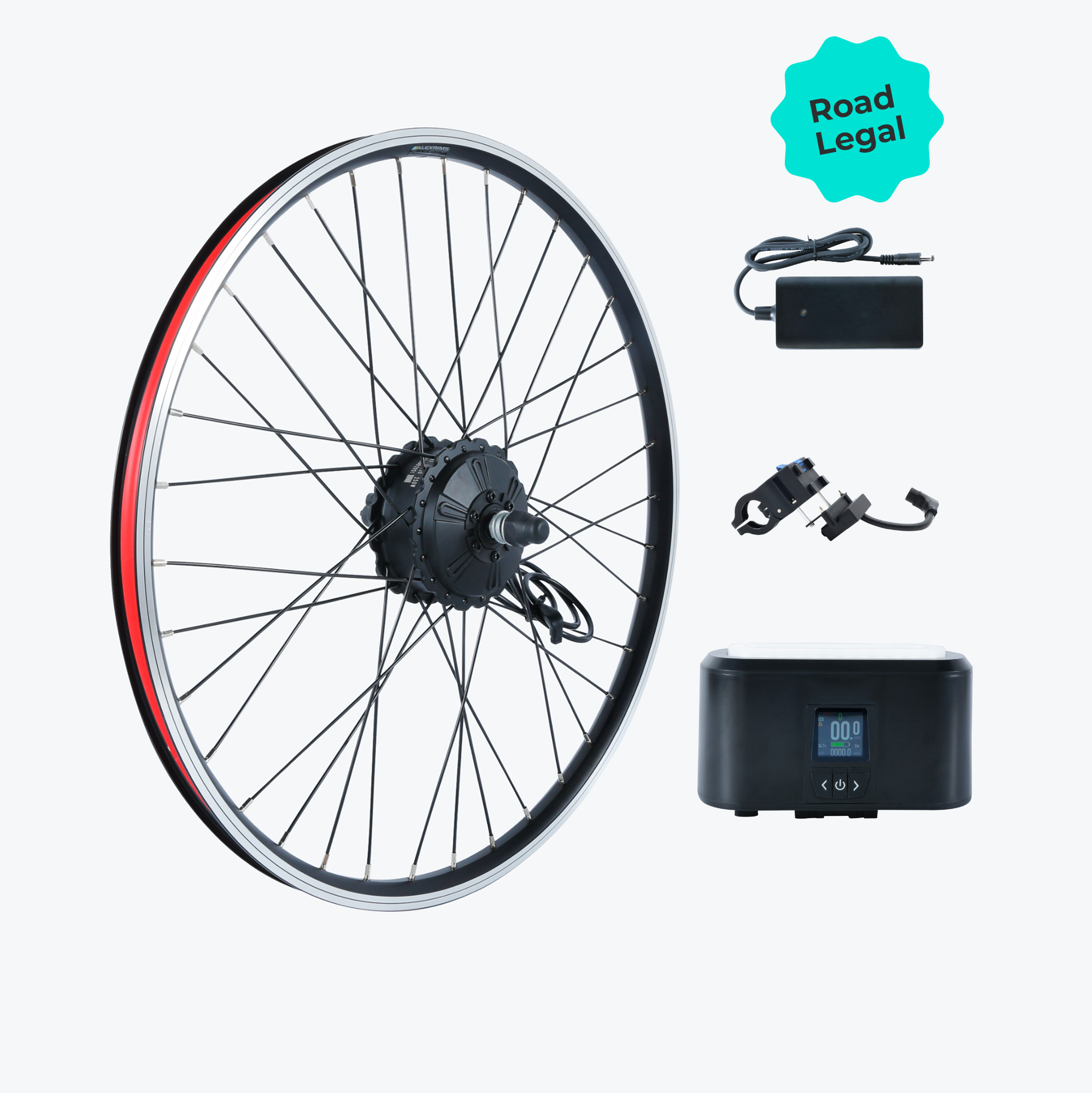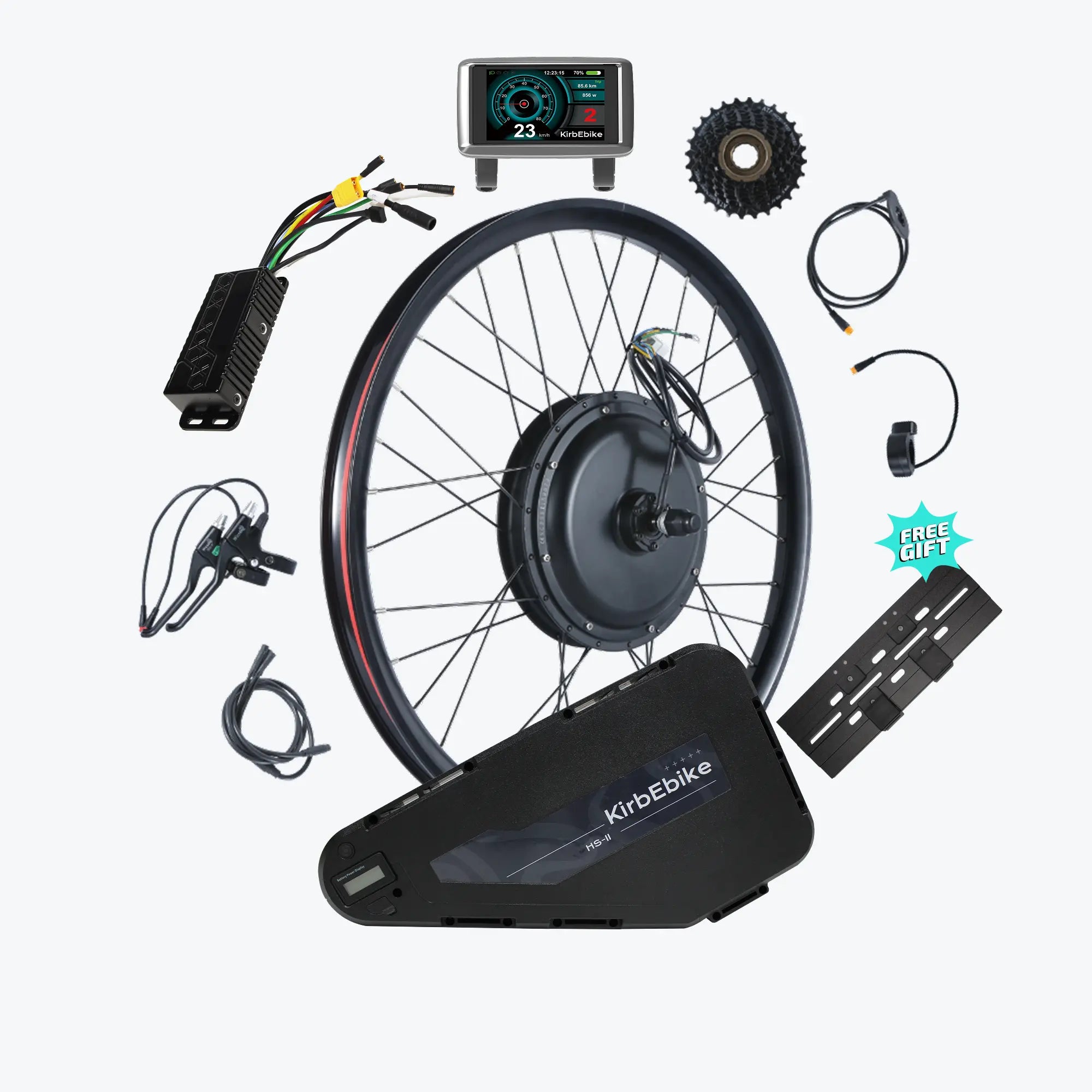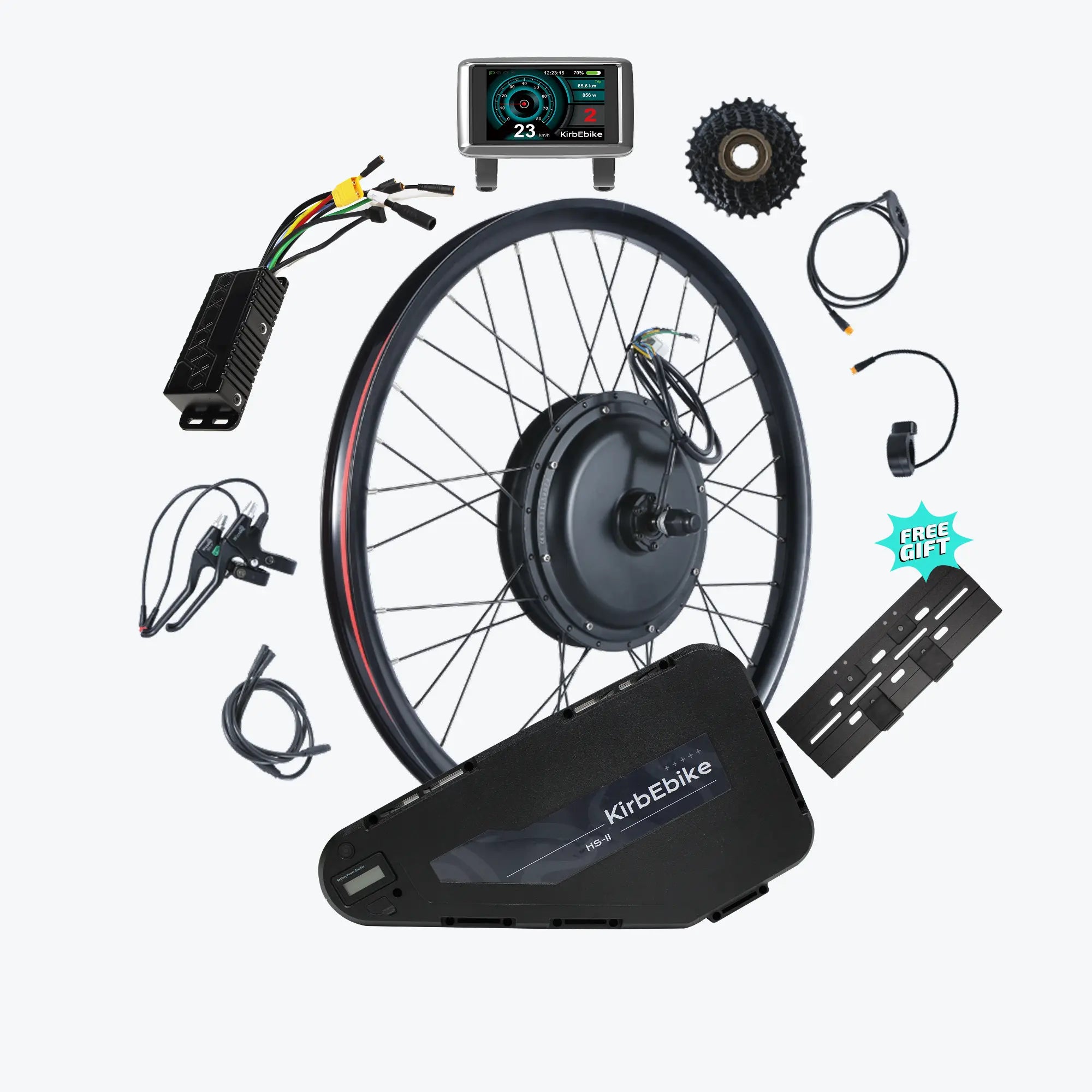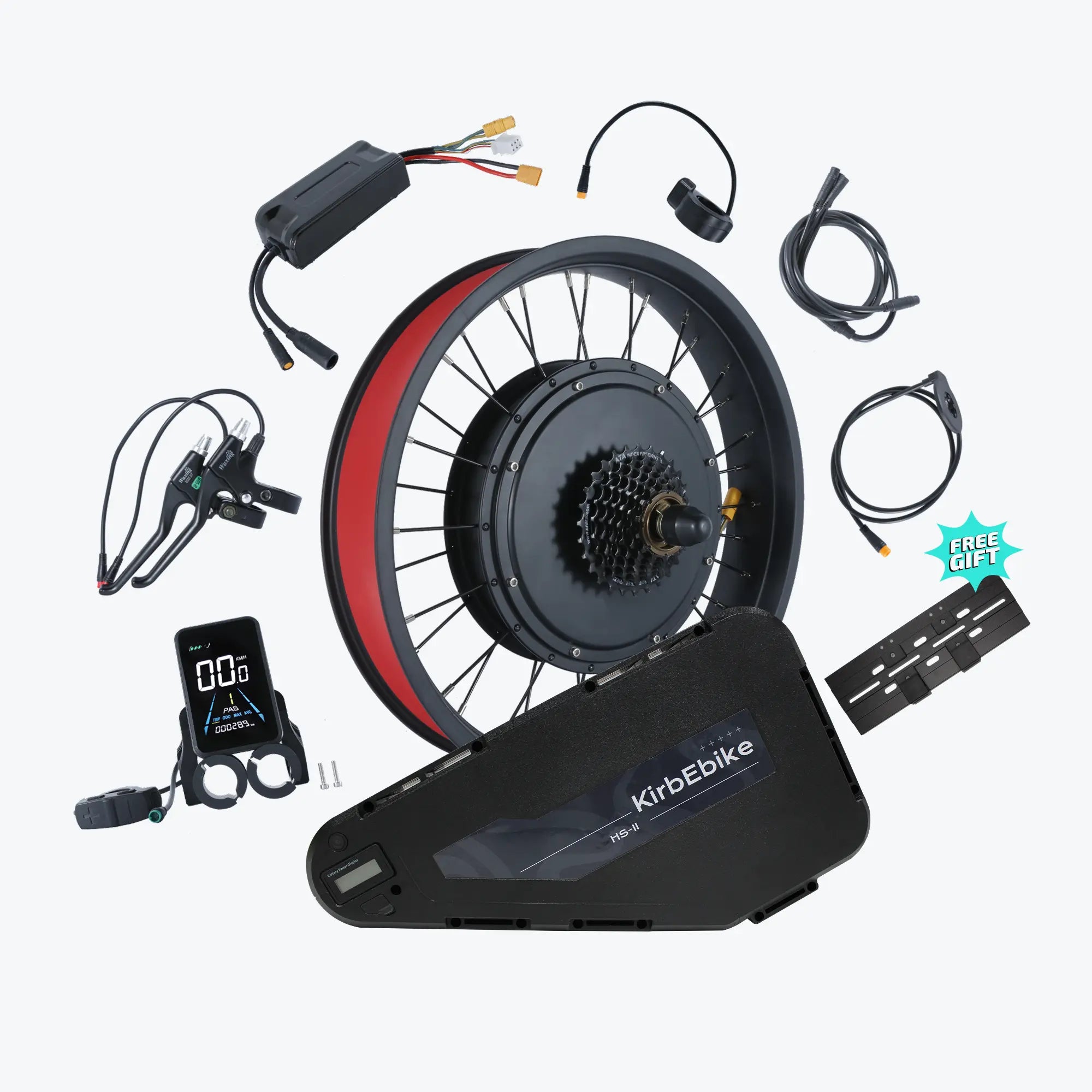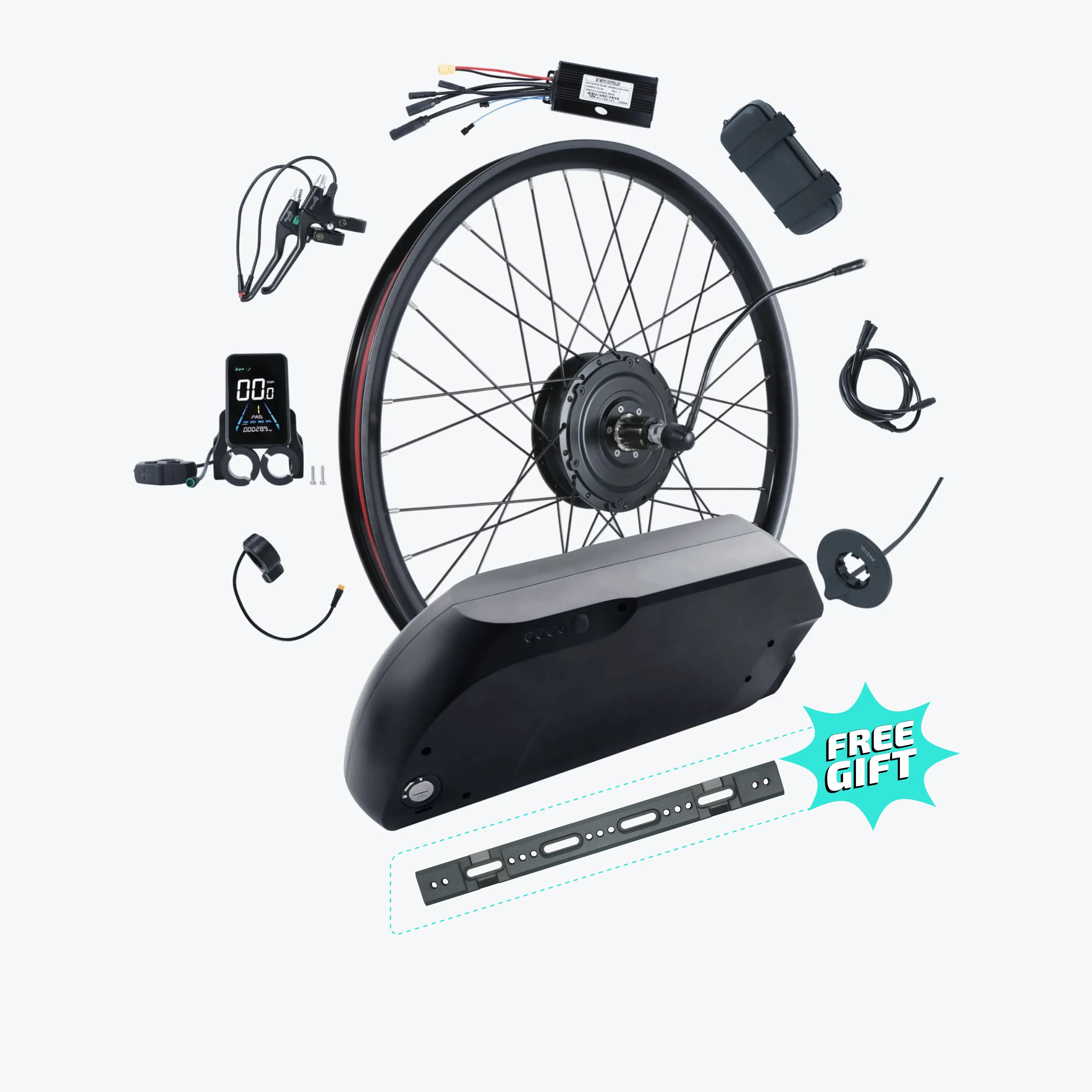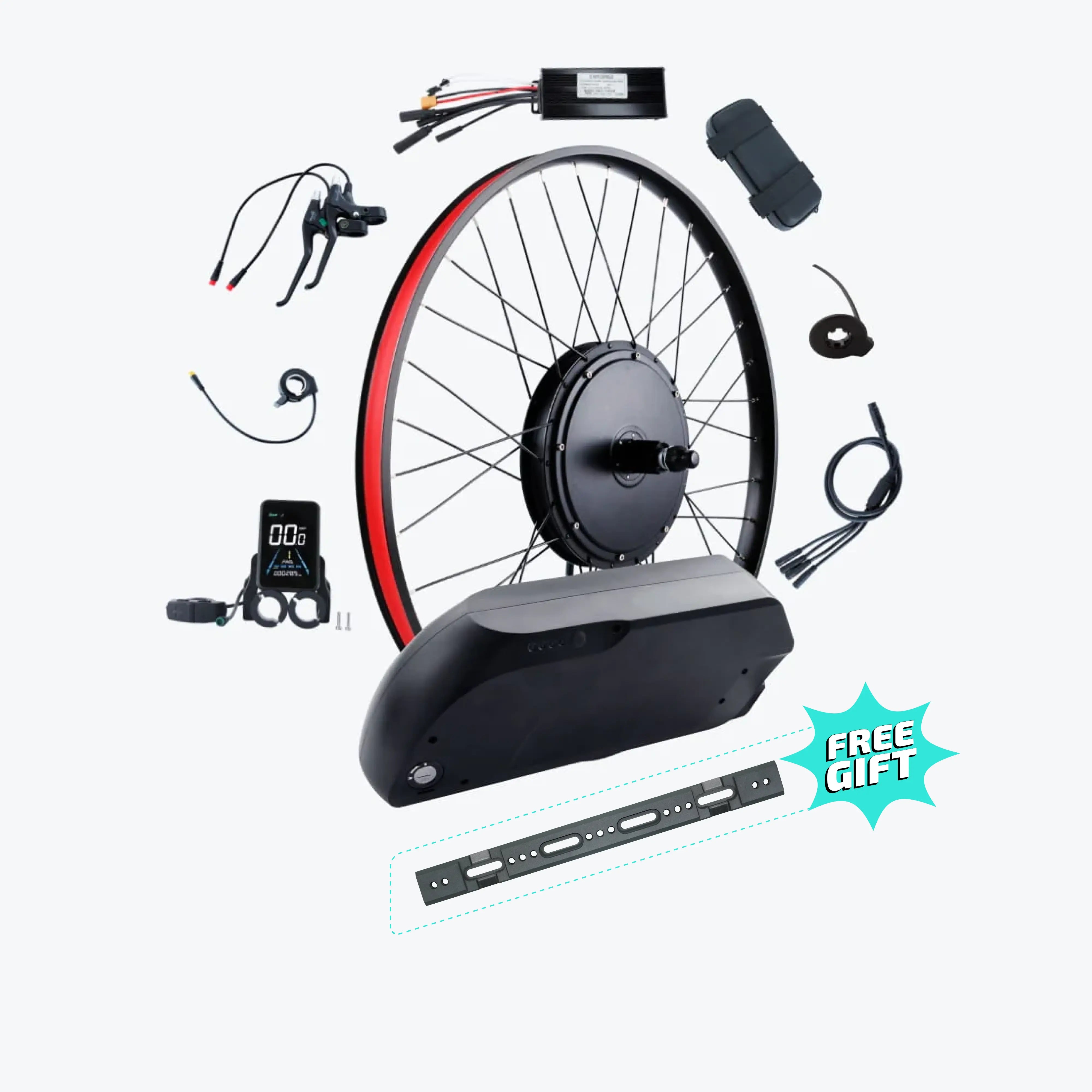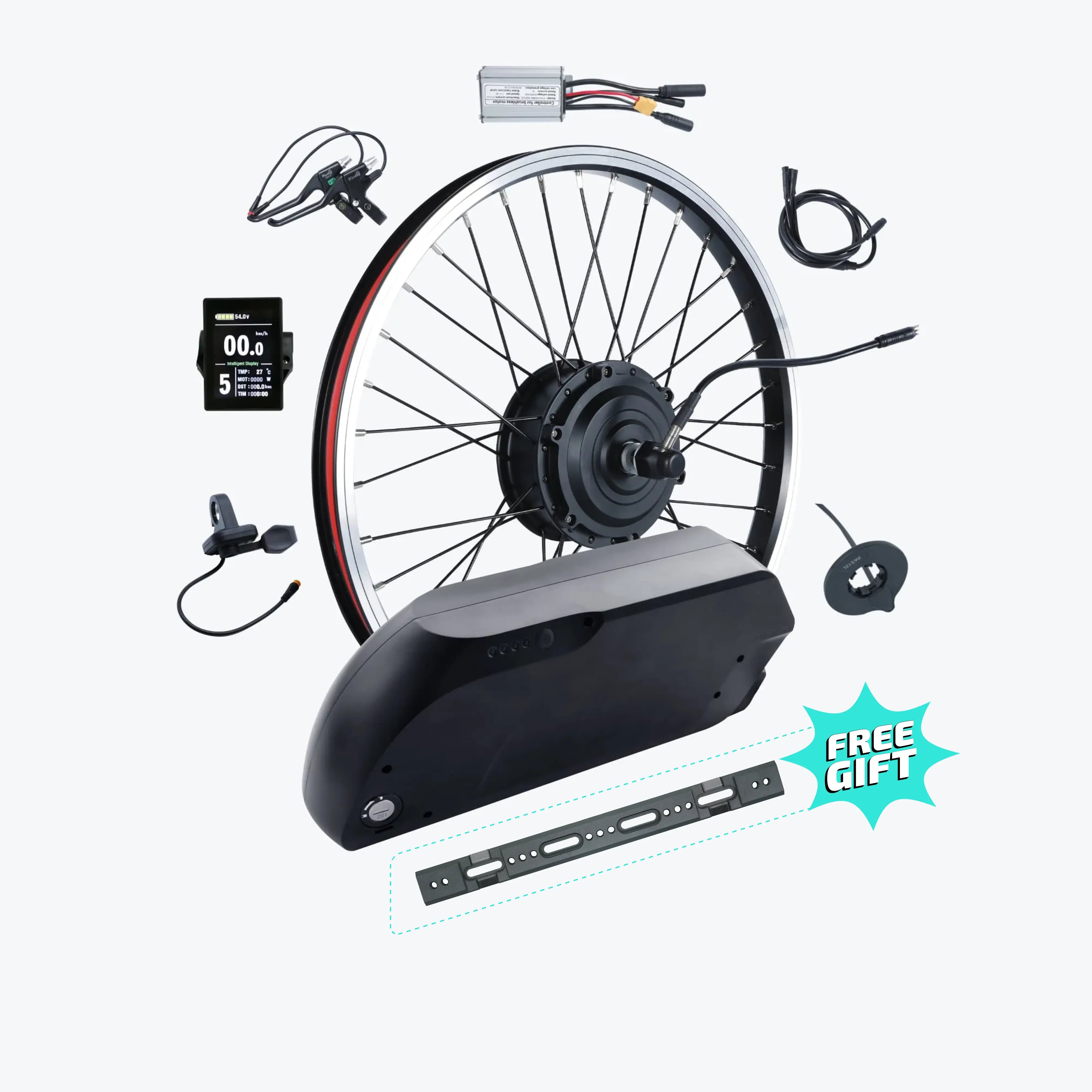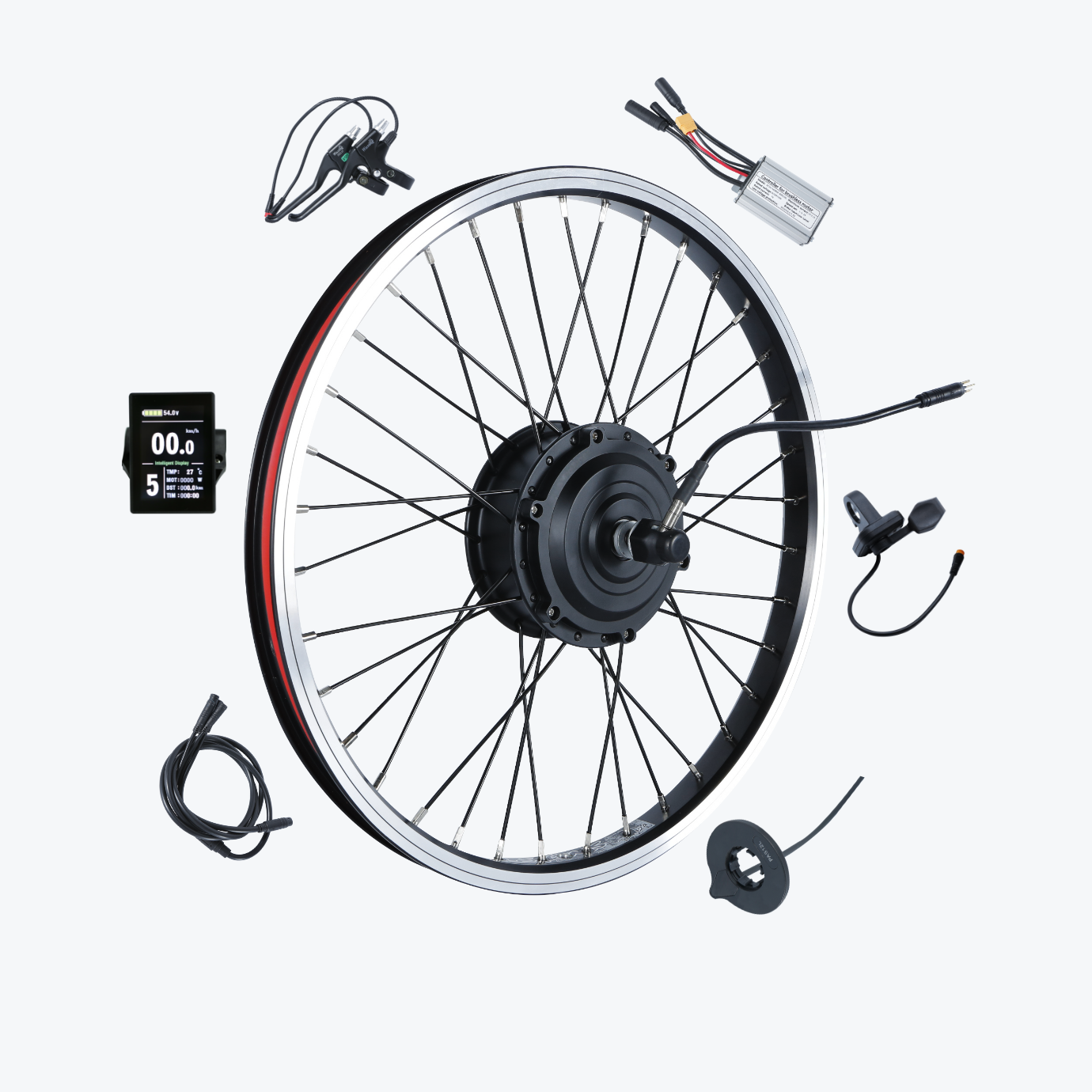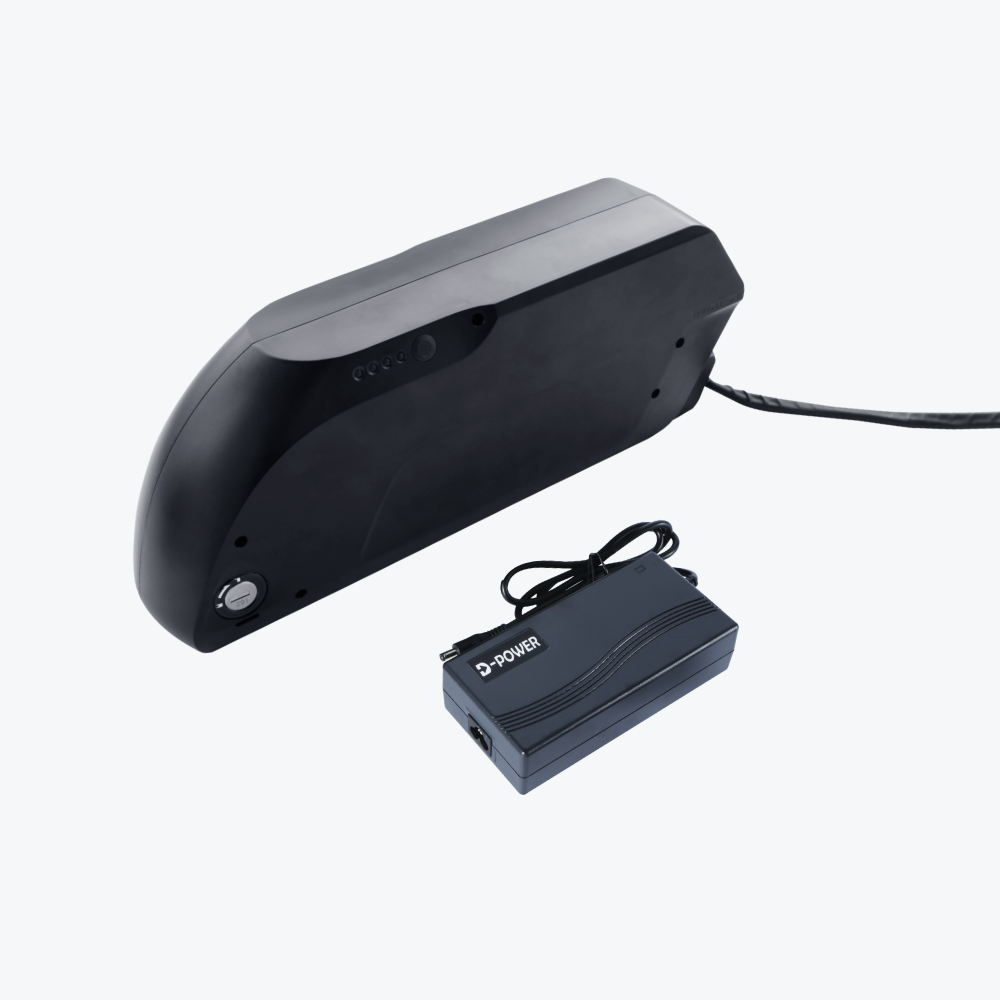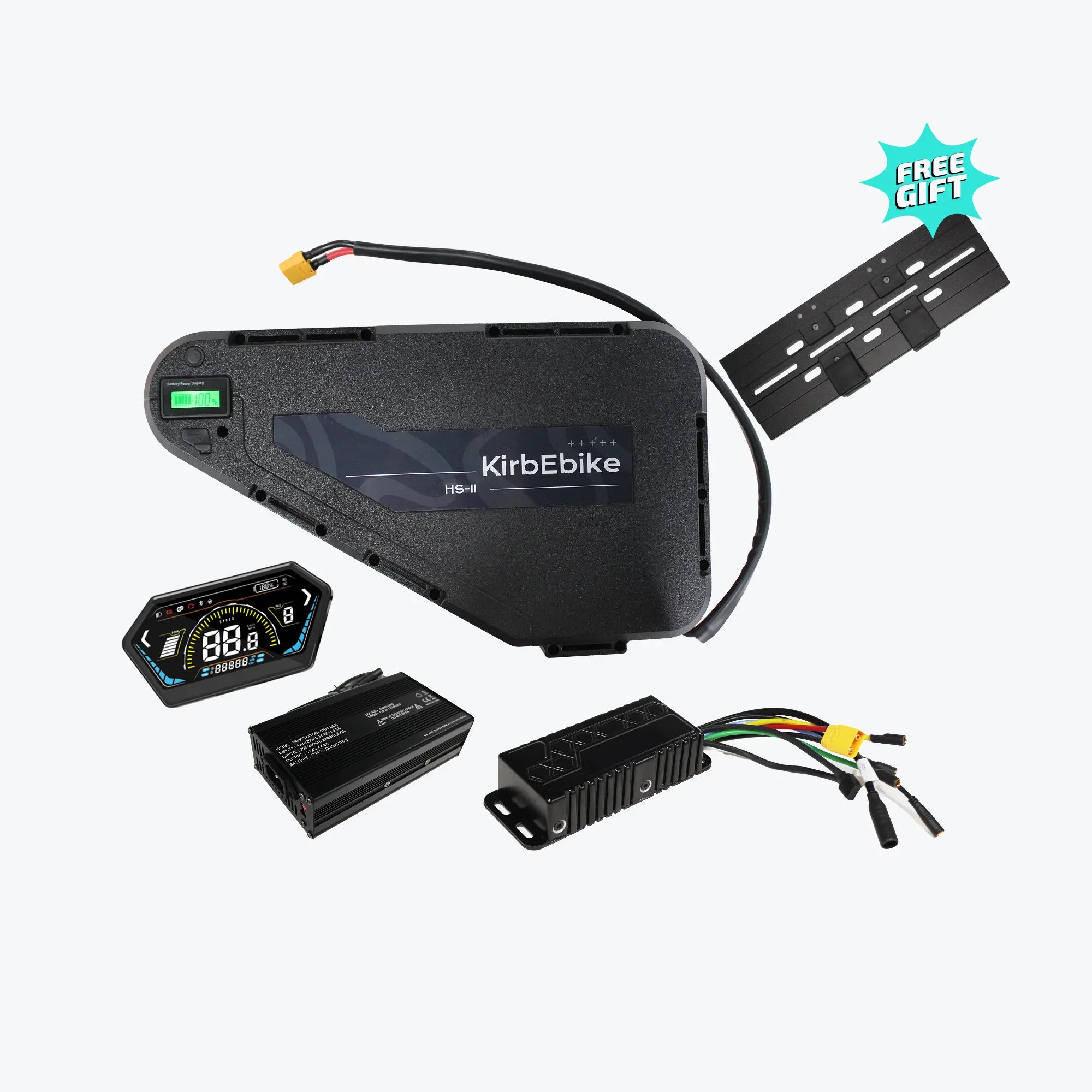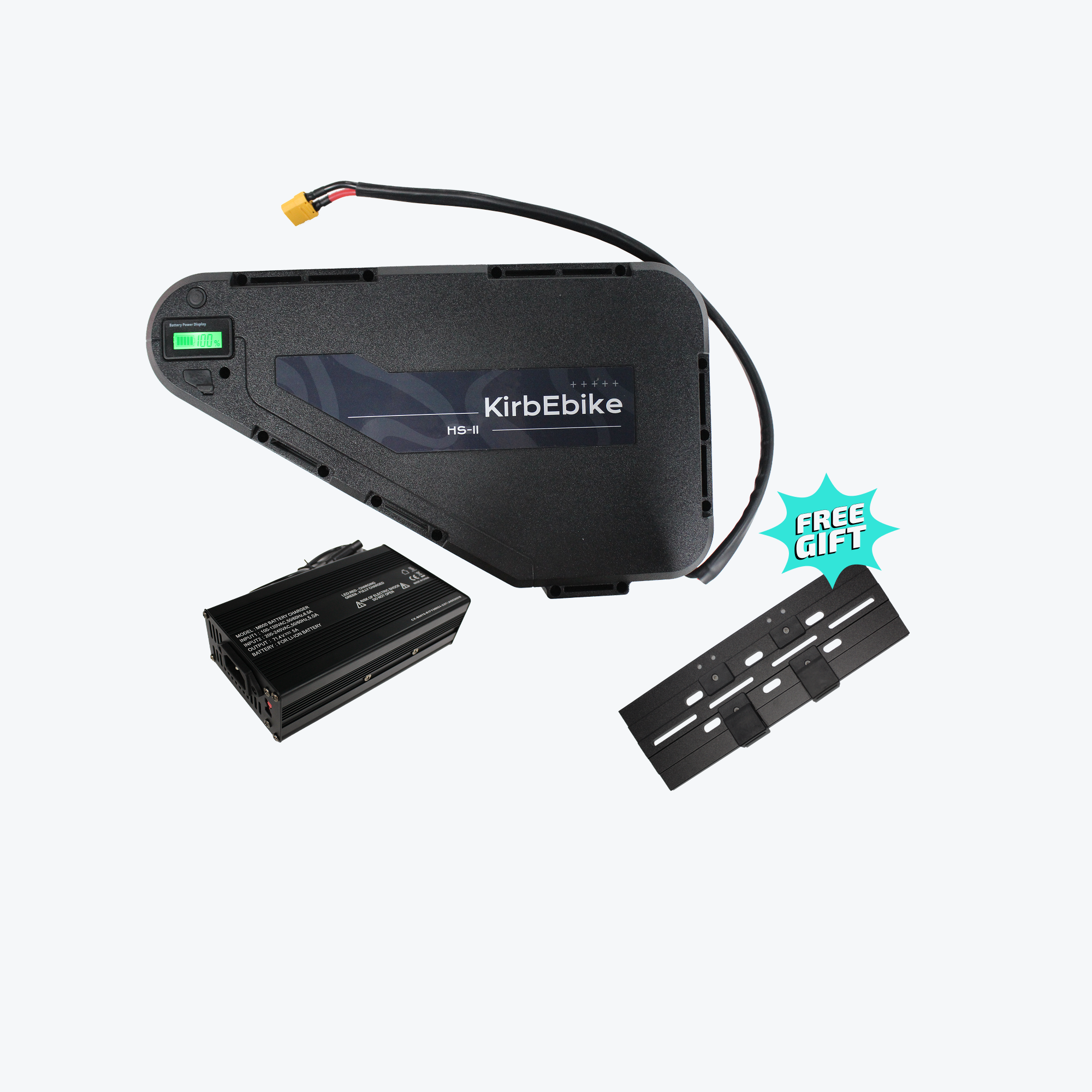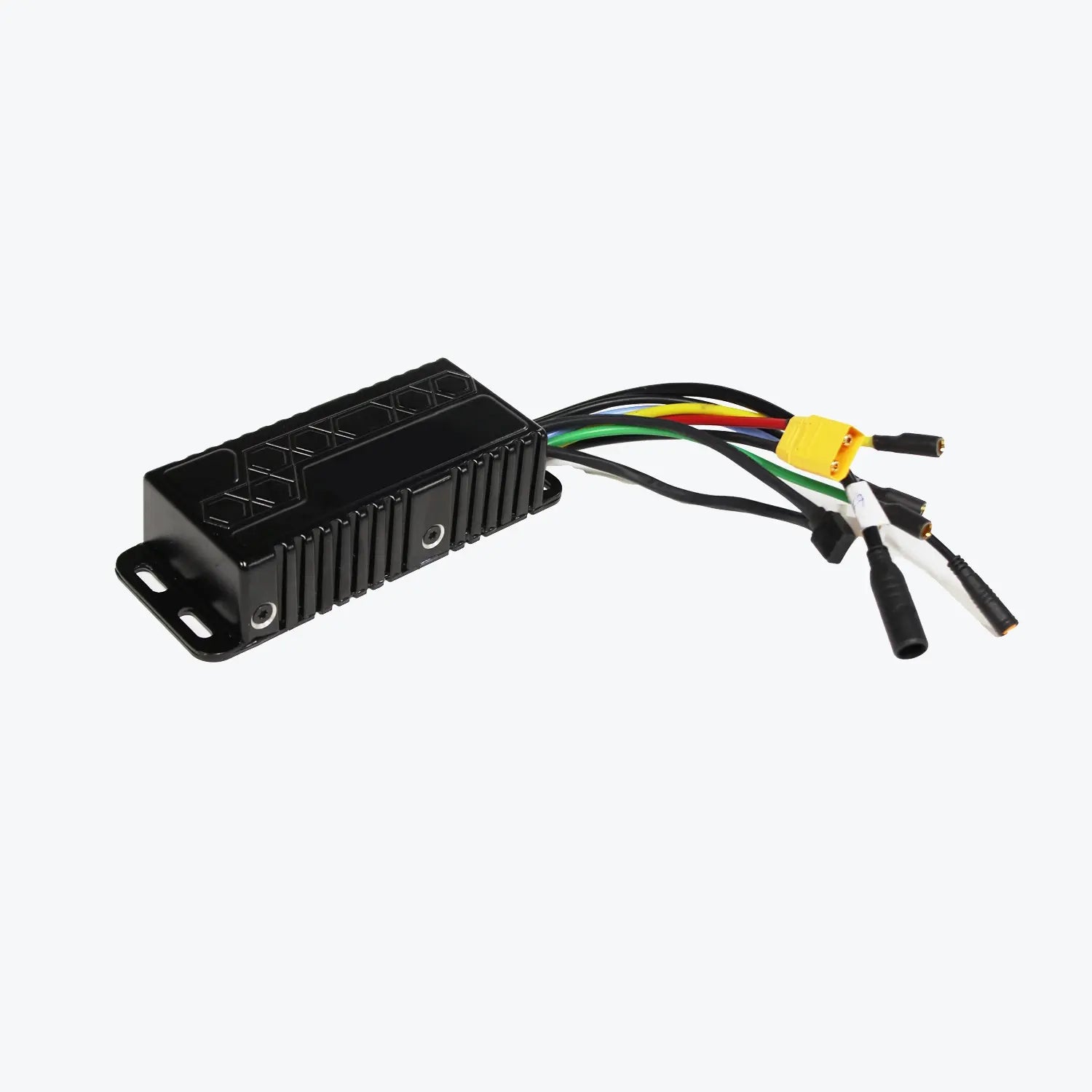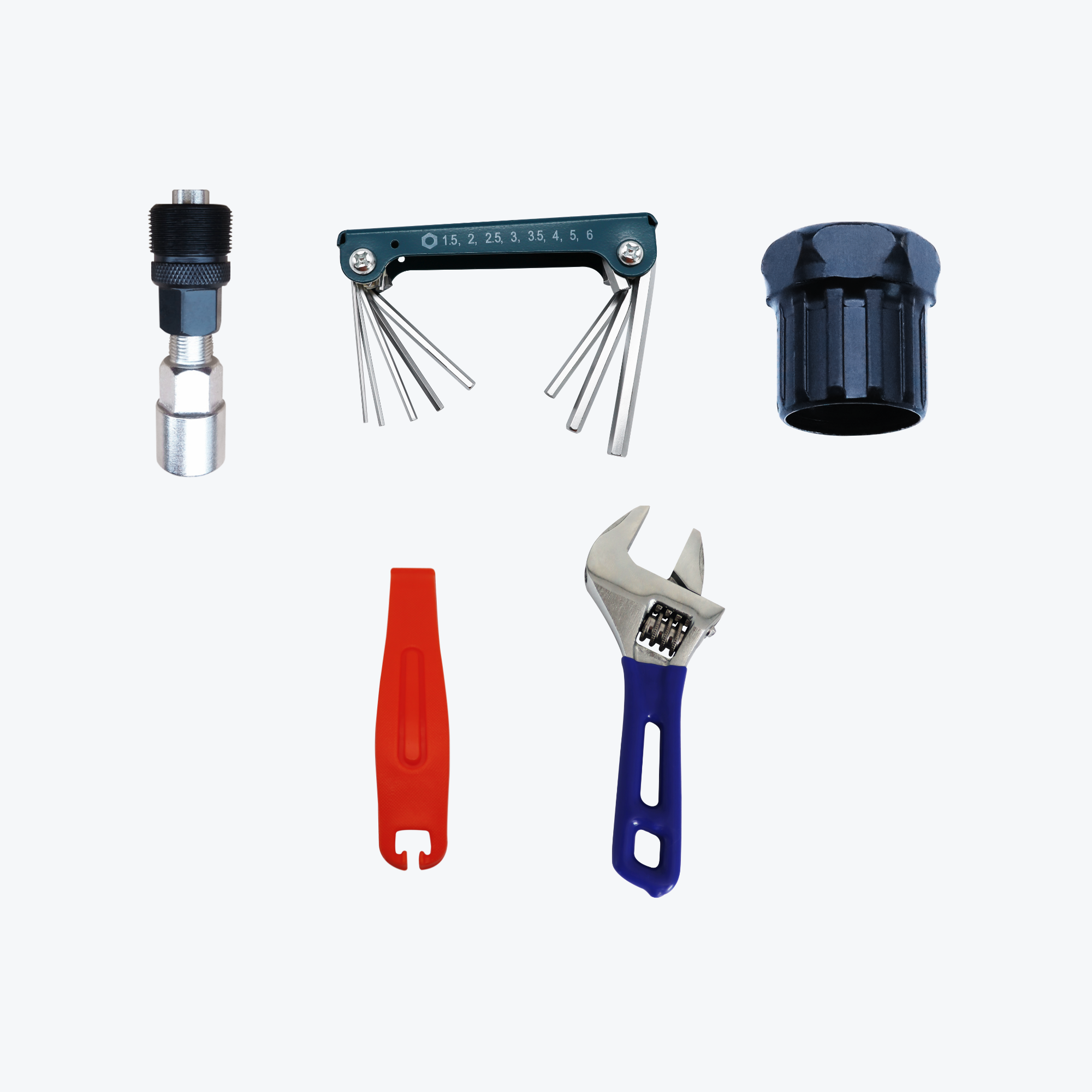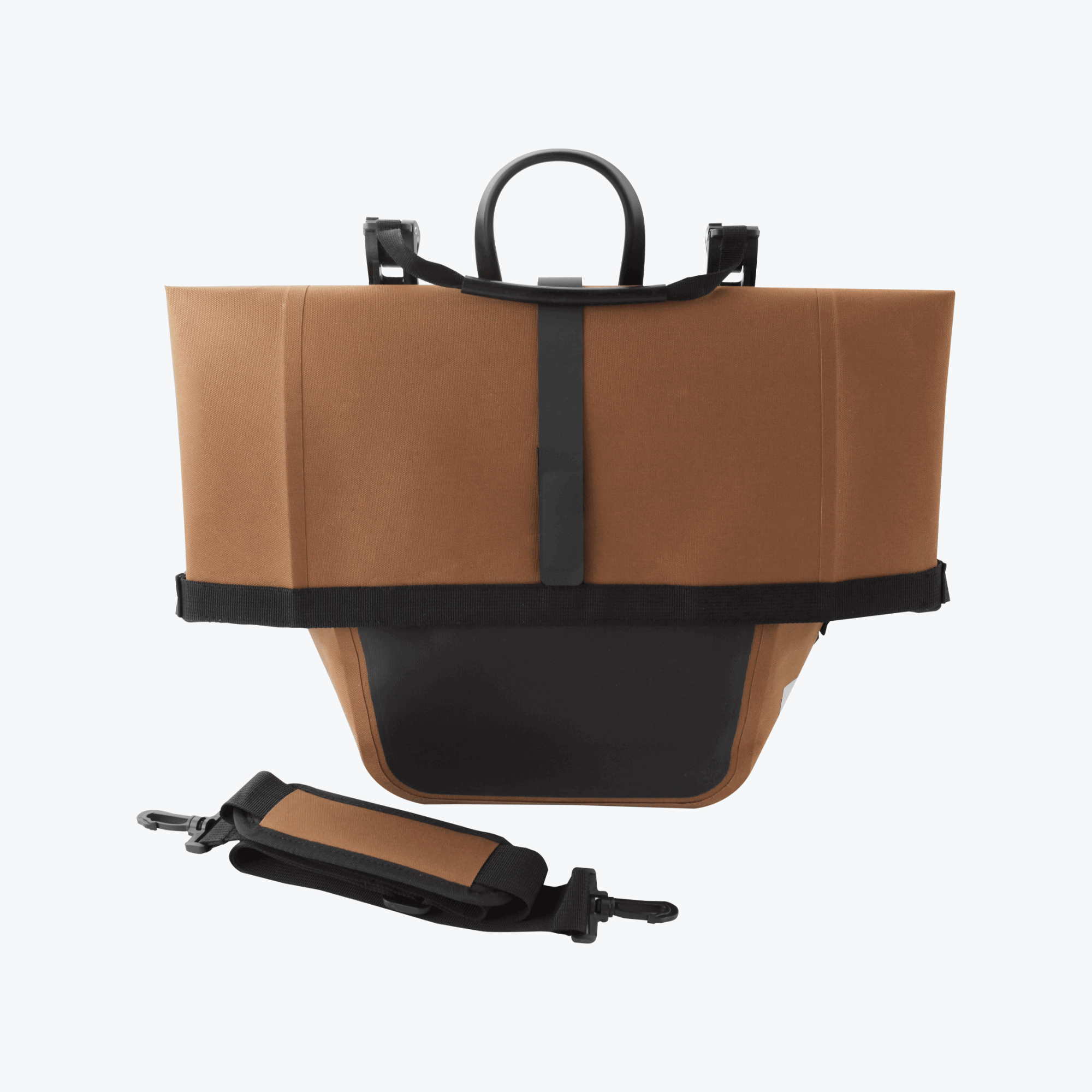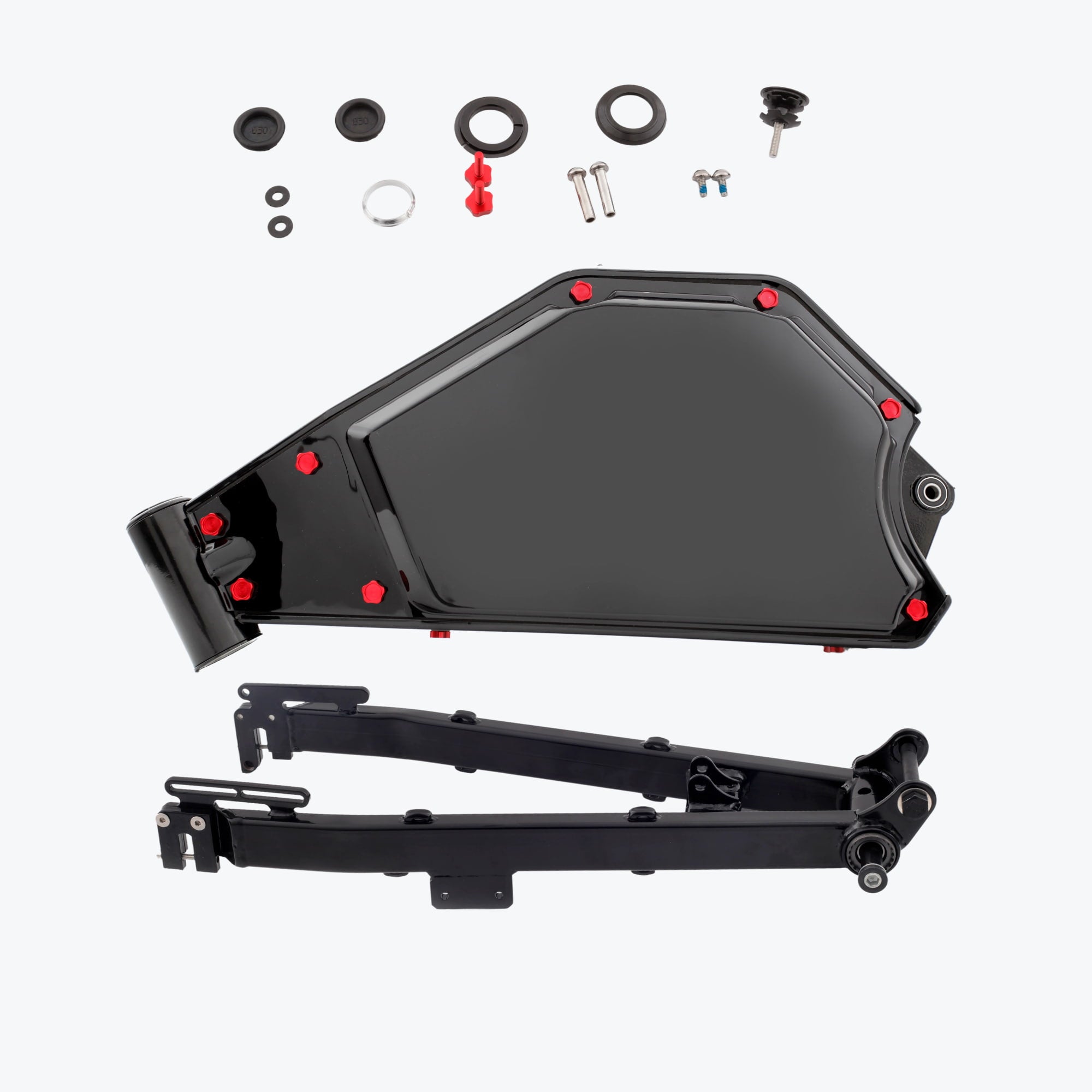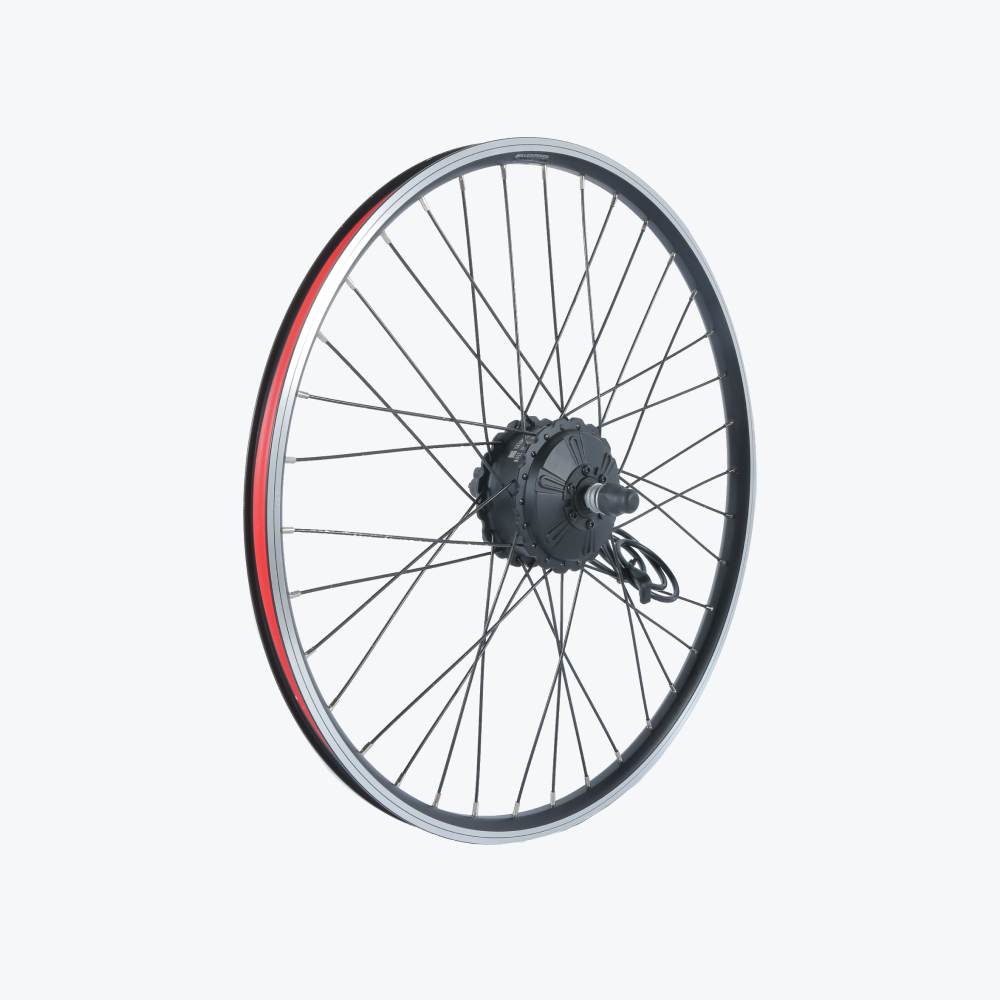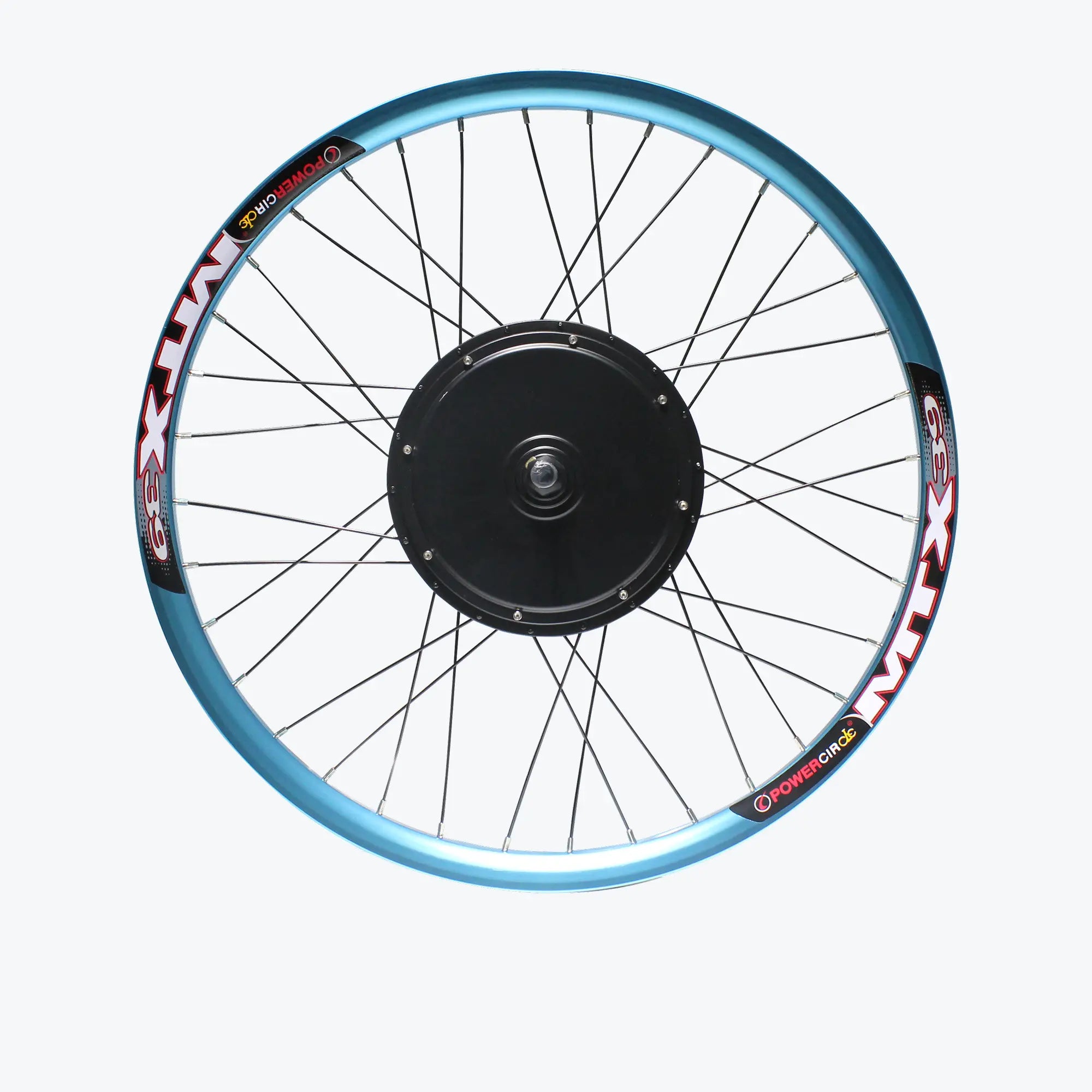Modern electric bikes rely on pedal-assist systems (PAS) to provide a smooth, efficient ride. At the heart of these systems is the PAS sensor, a device that detects your pedaling and communicates with the motor controller to deliver proportional assistance.
KirbEbike conversion kits are designed to integrate seamlessly with PAS sensors, allowing riders to enjoy customizable power assistance while maintaining control, efficiency, and battery life. This article explores what a PAS sensor is, how it works, and why it’s crucial for any e-bike setup.
What is a PAS Sensor?

A PAS (Pedal Assist System) sensor is a small device mounted near the bike’s bottom bracket. Its function is to detect:
- Pedal rotation
- Pedaling speed
- Pedal torque (in some advanced systems)
The sensor communicates this data to the motor controller, which determines how much assistance the hub or mid-drive motor should provide.
There are two primary types of PAS sensors:
- Cadence Sensors: Detect the rotation of pedals and provide assistance when pedaling. Most common and cost-effective.
- Torque Sensors: Measure the force applied to the pedals, giving more proportional and intuitive assistance.
KirbEbike kits typically include high-quality cadence PAS sensors, offering reliable performance and compatibility with their hub and mid-drive motors.
How a PAS Sensor Works
The PAS sensor operates using magnetic technology:
- Magnets are attached to a ring on the crankset.
- A magnetic sensor detects each magnet as it passes, signaling pedal rotation to the motor controller.
- The controller then supplies the motor with the appropriate level of power.
Advanced PAS systems also include torque detection, adjusting power based on how hard you pedal. This ensures a natural riding feel, similar to riding a non-electric bike but with controlled assistance.
Integrating a PAS sensor with a KirbEbike kit ensures that your motor responds accurately to your pedaling, enhancing efficiency and extending battery life.
Benefits of Using a PAS Sensor on Your E-Bike

- Smooth Power Assistance: The motor engages precisely when you pedal.
- Energy Efficiency: Reduces unnecessary motor use, extending battery life.
- Customizable Ride Experience: Most PAS systems allow riders to select assistance levels.
- Improved Safety: Automatic motor engagement prevents sudden jerks or uncontrolled acceleration.
- Compatibility with KirbEbike Kits: Pre-installed or easy-to-integrate PAS sensors ensure optimal performance with your motor and battery setup.
A properly installed PAS sensor can dramatically enhance the ride quality of any electric bike conversion.
Types of PAS Sensors for E-Bikes
1. Cadence PAS Sensors
- Detects pedal rotation only
- Provides consistent assistance at set levels
- Cost-effective and widely used
2. Torque PAS Sensors
- Measures pedal force
- Provides more natural and proportional assistance
- Ideal for riders seeking a smooth, responsive ride
KirbEbike kits use high-quality cadence sensors, providing a balance of performance, reliability, and affordability for DIY e-bike builders.
How to Install a PAS Sensor with a KirbEbike Kit
- Remove the Crankset (if necessary): Most PAS sensors fit around the bottom bracket.
- Mount the Sensor Disc: Align the sensor disc with the crank arm and install securely.
- Attach the Sensor Magnet: Place magnets on the crankset as indicated by the sensor type.
- Connect Wiring: Run the sensor cable to the controller or display unit included in your KirbEbike kit.
- Test the System: Rotate the pedals to ensure the motor engages appropriately.
KirbEbike kits include step-by-step installation instructions, making it easy for riders of any skill level to install a PAS sensor without special tools.
PAS Sensor vs Throttle Control
While some e-bikes use throttle systems to provide motor power without pedaling, PAS sensors offer several advantages:
- Natural Pedaling Feel: You pedal, the motor assists—no abrupt acceleration.
- Battery Efficiency: The motor runs only when pedaling, reducing energy consumption.
- Legal Compliance: In many countries, PAS-assisted e-bikes are classified differently than throttle-only bikes, often allowing higher speed limits and broader usage.
Combining a KirbEbike kit with a PAS sensor gives riders the best of both worlds: smooth power and efficient battery management.
KirbEbike Kits Compatible with PAS Sensors

1. 48V 1000W Ebike Conversion Kit
- Motor: 48V 1000W Brushless Hub Motor
- Battery: 48V 16Ah Lithium
- Top Speed: 45–50 km/h
- Range: 35–60 km
- Installation: 20 minutes
This kit comes with a high-quality cadence PAS sensor, providing reliable pedal-assist for daily commuting or recreational rides.
Advantages vs Disadvantages:
|
Advantages |
Disadvantages |
|
Quick installation |
Sensor limited to cadence detection |
|
Smooth acceleration |
Requires correct alignment for optimal performance |
|
Compatible with 48V battery |
Not torque-sensing |
|
Affordable and reliable |
Minor calibration may be needed |
2. 48V 1000W All Black Wheel Kit
- Motor: 48V 1000W Brushless Hub Motor
- Battery: 48V 16Ah Lithium
- Top Speed: 45–50 km/h
- Range: 35–50 km
- Installation: 30 minutes
Ideal for riders who prefer a sleek, blacked-out aesthetic while enjoying PAS-assisted riding.
Advantages vs Disadvantages:
|
Advantages |
Disadvantages |
|
Modern design |
Slightly heavier motor |
|
Smooth pedal-assist |
Limited wheel size options |
|
Full accessories including PAS |
Cassette not included |
|
Easy installation |
Not torque-sensing |
3. 52V 2000W MTX Rear Motor Kit
- Motor: 52V 2000W Brushless Hub Motor
- Battery: 52V 20–30Ah Lithium
- Top Speed: 50–60 km/h
- Range: 40–60 km
- Installation: 30 minutes
High-performance kit suitable for long-range rides or heavier riders. PAS sensor integration ensures efficient pedal-assist without wasting battery energy.
Advantages vs Disadvantages:
|
Advantages |
Disadvantages |
|
Powerful motor with PAS |
Heavier overall weight |
|
Long-range battery |
Higher cost |
|
Compatible with cadence sensors |
Requires careful installation |
|
Smooth riding experience |
May need occasional calibration |
Frequently Asked Questions
What does a PAS sensor do on an e-bike?
A PAS sensor detects pedaling and signals the motor controller to provide proportional assistance. This allows a smoother, more efficient, and natural riding experience.
Are PAS sensors compatible with all bikes?
Most PAS sensors are compatible with standard bicycles, especially when using a KirbEbike conversion kit. Proper installation around the bottom bracket is essential for accurate detection.
How do I adjust PAS sensor settings?
Many KirbEbike controllers allow riders to choose assistance levels via the display unit, adjusting motor output to match cadence or riding preference.
Do PAS sensors increase battery usage?
No, PAS sensors optimize battery usage by providing assistance only when pedaling, which is more efficient than throttle-only systems.
Can I use PAS sensors with mid-drive and hub motors?
Yes, PAS sensors work with both hub and mid-drive motors included in KirbEbike kits. The sensor communicates with the motor controller to provide seamless pedal assistance.
Conclusion
A PAS sensor is a critical component for any e-bike, enhancing ride quality, efficiency, and control. When paired with KirbEbike conversion kits, riders get:
- Smooth and proportional motor assistance
- Efficient battery management
- Easy installation and reliable performance
Whether upgrading a standard bike to an e-bike or optimizing an existing setup, PAS sensors ensure that every pedal stroke contributes to a smarter, more enjoyable ride.

